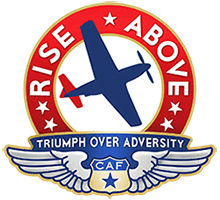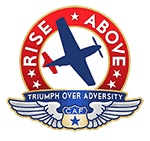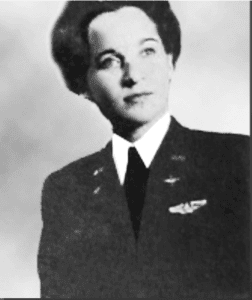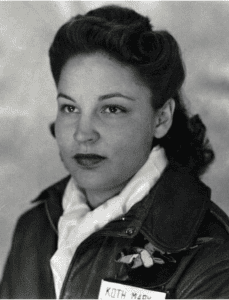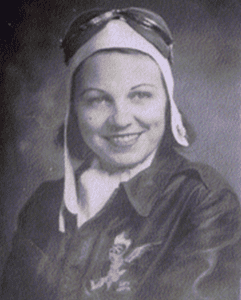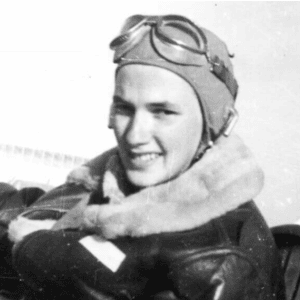As has been mentioned previously in this blog, black men trained at Tuskegee to fly bombers as well as fighters during World War II. The 477th Bombardment Group was established for the bomber pilots and support personnel at the same time as the 332nd Fighter Group, but its member had a much different wartime experience: they never deployed into battle. This happened for a number of reasons but the most controversial was an incident that happened in April, 1945 at Freeman Field in Seymour, Indiana.
Prior to that timeframe, the members of the 477th were transferred from base to base, awaiting orders to head to the Pacific Theater and fly their B-25 bombers against the Japanese. The Group was originally stationed at Selfridge Field near Detroit, assigned to the 1st Air Force. When a black officer applied for membership in the all-white Officers’ Club there, the 1st Air Force’s CO – General Frank Hunter – indicated that the existing lines between whites and blacks would be enforced and no black personnel would be allowed in the Club. (All pilots were officers as were many of the support personnel leadership.) After that go-round, Congress approved $75,000 to build a “black” Officers’ Club on that base, but the Tuskegee Airmen never got to use it because they were transferred again.
This time they headed to Godman Field, near Fort Knox in Kentucky. Soon after that, they were moved again – north to Freeman Field in Indiana. With that transfer, Freeman Field suddenly had substantially more black military personnel than white. Conditions were crowded and the base segregation lines were strictly enforced. The black officers DID have an Officers’ Club on base – it was called “Officers’ Club 1.” It was small, run down, and had no amenities. “Officers’ Club 2” was reserved for white officers only. and it was much nicer.
Twenty days into their stay at Freeman and tired of being treated badly, the black officers decided to challenge the system. On April 5, a group of experienced black pilots requested entry into Officers’ Club 1 at about 9:15 p.m. They were turned away. About an hour later, another group of pilots asked to enter the Club, led by Lt. Marsden Thompson. He stated that he wanted to exercise his rights as an officer of the US Army Air Corps and enter the Club for a drink. When he was denied entry, he pushed past the officer on duty and entered the club; a group of his fellow black officers followed him in. All of this took place without the use of force. Later in the evening, a third group of black pilots used the same strategy as Lt. Thompson and entered the Club. This group was led by Lt. Robert Terry.
Within 24 hours, more than 100 black officers had been placed under house arrest and four days later, a new regulation was published. Regulation 85-2 was authored by General Hunter (see above) and Freeman Field CO Colonel Robert Selway. It laid out the strict segregation rules for housing, the dining mess, and recreational facilities – including the Officers’ Club – for officers. Col. Selway summoned all of the black officers – even those who had not participated in the Officers’ Club incident – and ordered them to sign a statement that they had read and accepted the conditions covered by Reg. 85-2. 101 black officers refused to sign the document.
After a tense couple of weeks, made worse by the death of President Roosevelt, on April 19 all of the arrested officers were released except for the three “ringleaders.” Letters of reprimand were placed in their files and the three leaders endured court martial. Only Lt. Terry was convicted of “violence against a superior officer” for pushing his way into the club. He was fined $150.
The bomber pilots and crew members involved with the mutiny were crucial to the upcoming invasion of Japan but their training had been halted by the events at Freeman Field. The war against Japan ended in August, 1945 and they never saw battle.
The letters of reprimand and Lt. Terry’s court martial conviction followed the men throughout their careers. In 1995 – 50 years after the fact – notice was given to all who participated in the Freeman Field mutiny that their records would be expunged of the letters of reprimand and the court martial proceedings.
The CAF Red Tail Squadron is a volunteer-driven 501c3 non-profit organization that operates under the auspices of the Commemorative Air Force. For more information, please visit redtail.org.
